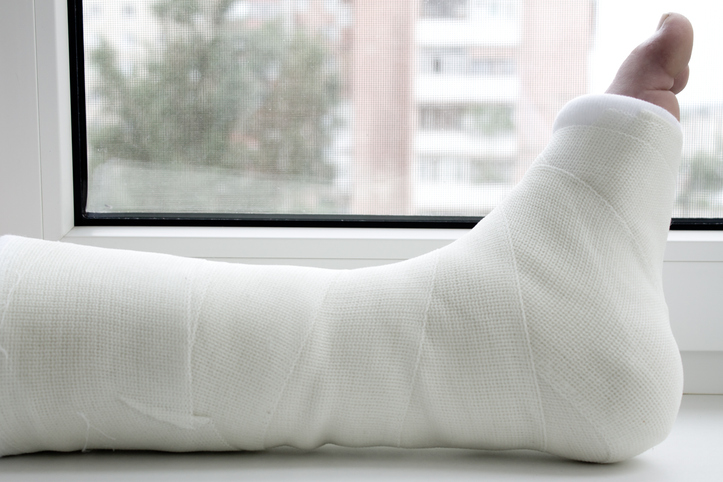If you have been involved in a slip and fall accident, the steps that you take following the accident can make all the difference in terms of your recovery, both physically, emotionally as well as financially. Every detail counts in the moments following a fall—from the floor’s slickness to the room’s lighting—making thorough reporting essential. The most important tip is to document everything with precision and clarity. It is not just about capturing what happened but also assembling the details of the accident, including examining the environment, the conditions that contributed to the accident, and any witnesses who saw the event unfold. Substantial documentation can serve as crucial evidence, potentially influencing legal outcomes and policy changes.
Effective Ways To Document The Accident
- Immediate Actions: Your health is the priority. Even if injuries seem minor, some symptoms may appear later. Medical records will serve as critical evidence. Immediately after a fall, assess yourself for injuries. Some injuries, like concussions or internal injuries, might not be immediately apparent. Therefore, it is essential to seek medical attention as soon as possible, not only for your health but also to document your injuries, which can be crucial if you decide to pursue a legal claim.
- Report the Incident: Notify the property owner or manager of the incident. If the fall happens at a business or rental property, ensure that they create an accident report and ask for a copy. This documentation can be necessary when proving that the property owner reported and acknowledged the fall.
- Gather Evidence: You will want to take pictures of the exact location where you fell, capturing any conditions that contributed to the accident (like wet floors, uneven surfaces, or poor lighting). Also, photograph any visible injuries. You will also want to collect contact information from anyone who witnessed the accident. Their testimonies can support your account of the incident. If something specific caused your fall, like a torn carpet or a broken handrail, preserving or photographing the physical evidence can be beneficial.
- Document the Scene: If you can, take photos of the location where you fell, focusing on any conditions that contributed to the accident. Also, gather the names and contact information of any witnesses. Their accounts could support your version of events later on.
- Be Mindful of What You Say: Avoid making detailed statements or accepting blame. Simple remarks can be taken out of context and used against you. Limiting communication about the incident is best until you can speak with an attorney. Along these same lines, do not discuss your accident or injuries on social media. Statements made online can be used against you in your claim.
- Document Your Injuries and Treatment: Keep all medical records of the accident, including doctor’s notes, diagnostic tests (such as X-rays and MRIs), prescriptions, and receipts for any treatment or medication. Maintain a detailed diary documenting your injuries, pain levels, mobility issues, daily challenges, and how the injury affects your daily life and work.
- Keep a Record of Correspondence: Document all interactions regarding the accident, including logs of telephone conversations with property owners, managers, insurance representatives, and healthcare providers. Keep copies of all written communications, such as emails and letters, and notes on what was discussed during the telephone calls.
- Financial Impact Documentation: Keep detailed records of work days missed and lost wages due to your injuries. This can also include loss of earning capacity if the injury affects your long-term ability to work. In addition, collect receipts for all expenses related to the accident, including travel to medical appointments, purchases of assistive devices, and costs related to home or vehicle modifications if needed.
- Legal Documentation: Consider hiring a personal injury attorney who can guide you through the process of documenting and filing a claim. Secure any legal notices you receive regarding the incident and keep copies of any documents you submit or receive throughout the legal process.
Takeaway
By following all of the above steps, you will create a comprehensive record that can significantly strengthen your legal claim, helping ensure all relevant details are accounted for and adequately documented. Gautreaux Law has personal injury attorneys in Georgia who are experienced in slip and fall cases. They can provide guidance on the viability of your claim and what steps to take next. Contact Gautreaux Law for an initial consultation to discuss the specifics of your case.



